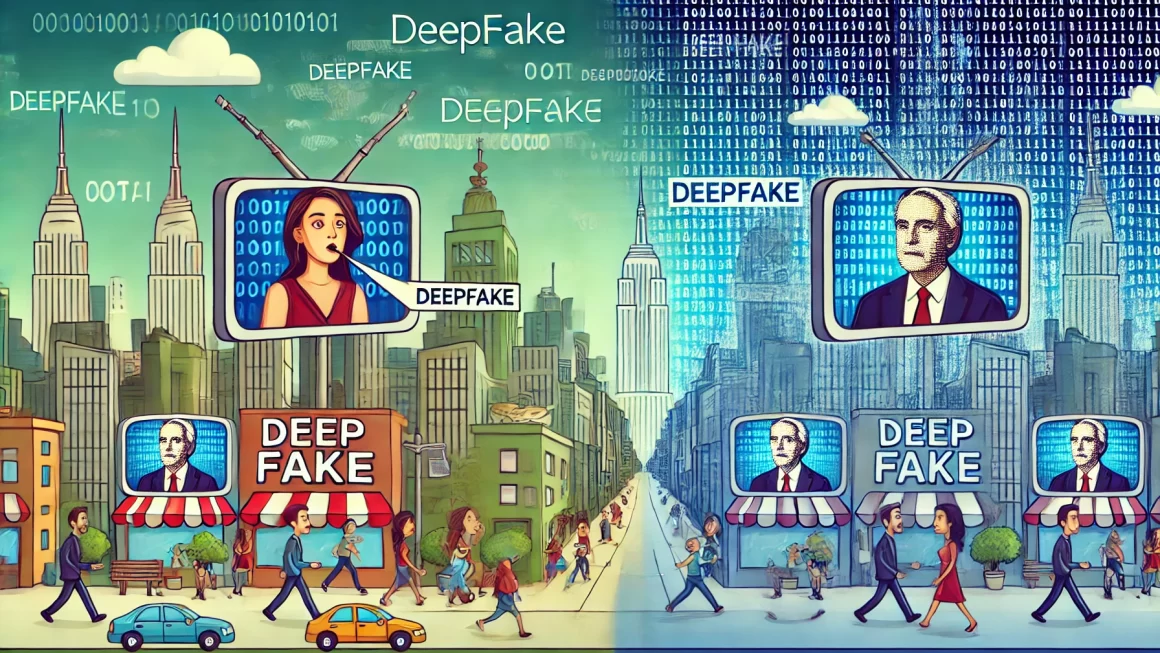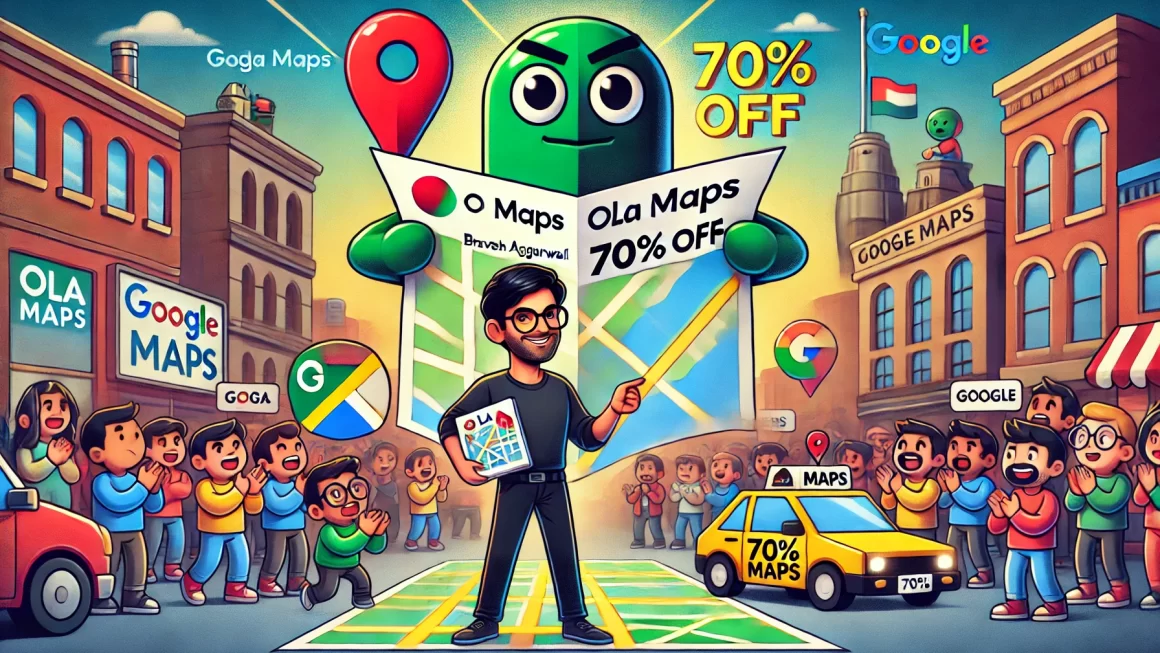In the fast-evolving world of technology, quantum computing presents both an exciting opportunity and a formidable challenge, especially in the realm of cybersecurity. Let’s break down why this is and what solutions, like post-quantum cryptography, are emerging to tackle these challenges.
Understanding the Quantum Threat
Traditional cryptography, such as RSA and ECC (Elliptic Curve Cryptography), relies on complex mathematical problems that are tough for current computers to crack. For example, factoring large numbers is a Herculean task for even the most powerful classical computers. However, quantum computers operate on principles of quantum mechanics, allowing them to solve these problems incredibly quickly.
Quantum computing’s power comes from quantum bits, or qubits, which can represent and store a vast amount of data in multiple states simultaneously. This capability enables them to perform many calculations at once. Imagine trying to find your way out of a maze. A classical computer would try one path at a time, but a quantum computer can try many paths simultaneously.
The most famous algorithm that threatens current cryptography is Shor’s Algorithm, which can theoretically break RSA encryption effortlessly once quantum computers are sufficiently powerful. This would jeopardize everything from your private emails to bank transactions.
Enter Post-Quantum Cryptography
Post-quantum cryptography (PQC) refers to cryptographic algorithms that are secure against an attack by a quantum computer. The goal is not to fight quantum with quantum but rather to develop encryption methods that even quantum computers find difficult to crack.
PQC algorithms are designed based on mathematical problems believed to be resistant to both classical and quantum computing attacks. These include lattice-based cryptography, multivariate polynomial cryptography, hash-based cryptography, and more. Each of these relies on mathematical problems that, as of now, no quantum or classical algorithms can solve efficiently.
Why the Urgency?
Quantum computers are still in their infancy, but the day they become powerful enough to break current cryptography, often referred to as “Q-Day,” could be just around the corner. Organizations, governments, and individuals would suddenly find their data vulnerable to exploitation. The urgency to transition to PQC is about preparing for this future to protect our data proactively.
How Can You Learn More?
For those interested in diving deeper into post-quantum cryptography, here are a few resources to get started:
- Books:
- Post-Quantum Cryptography by Daniel J. Bernstein and Tanja Lange offers a comprehensive introduction.
- Quantum Computing and Cryptography: Their impact on cryptographic practice by Mark Manulis delves into quantum computing’s implications on security.
- Online Courses:
- Websites like Coursera and edX offer courses in quantum computing and cryptography. Look for courses specifically on cryptography to find modules on post-quantum topics.
- Research Papers and Articles:
- The National Institute of Standards and Technology (NIST) is actively working on standardizing post-quantum cryptographic algorithms. Their publications and updates are a treasure trove of information.
- Community and Conferences:
- Attending conferences on cryptography can also provide insights and networking opportunities with experts in the field. Look for events like the RSA Conference or those hosted by the International Association for Cryptologic Research (IACR).
Conclusion
As we stand on the brink of the quantum era, the transition to post-quantum cryptography is not just a precaution but a necessity. By understanding and preparing for these changes, we can secure our digital future against the quantum threat. Whether you’re a tech enthusiast, a student, or just curious about the future of technology, exploring post-quantum cryptography is a great way to get ahead in the evolving landscape of cybersecurity.




